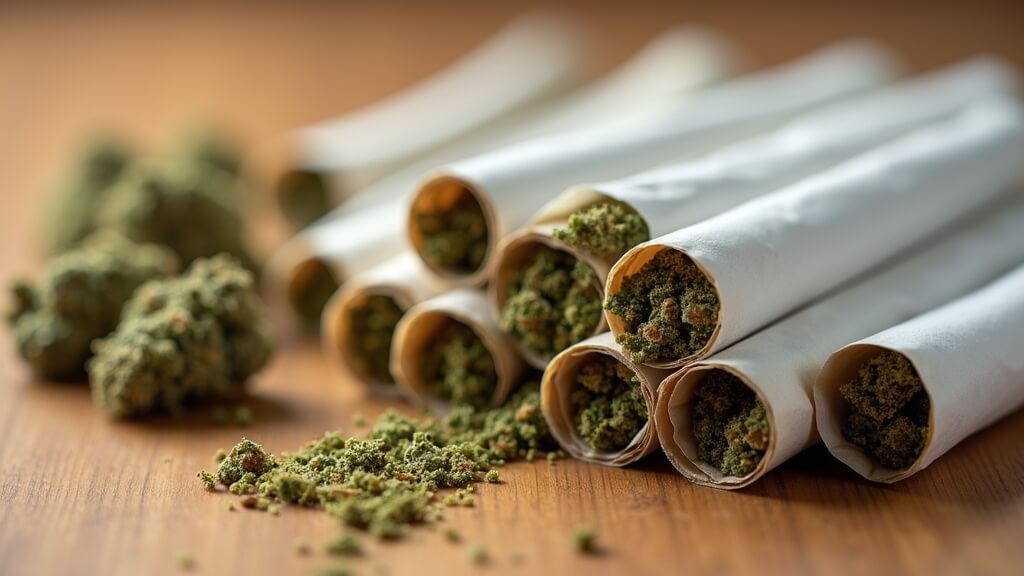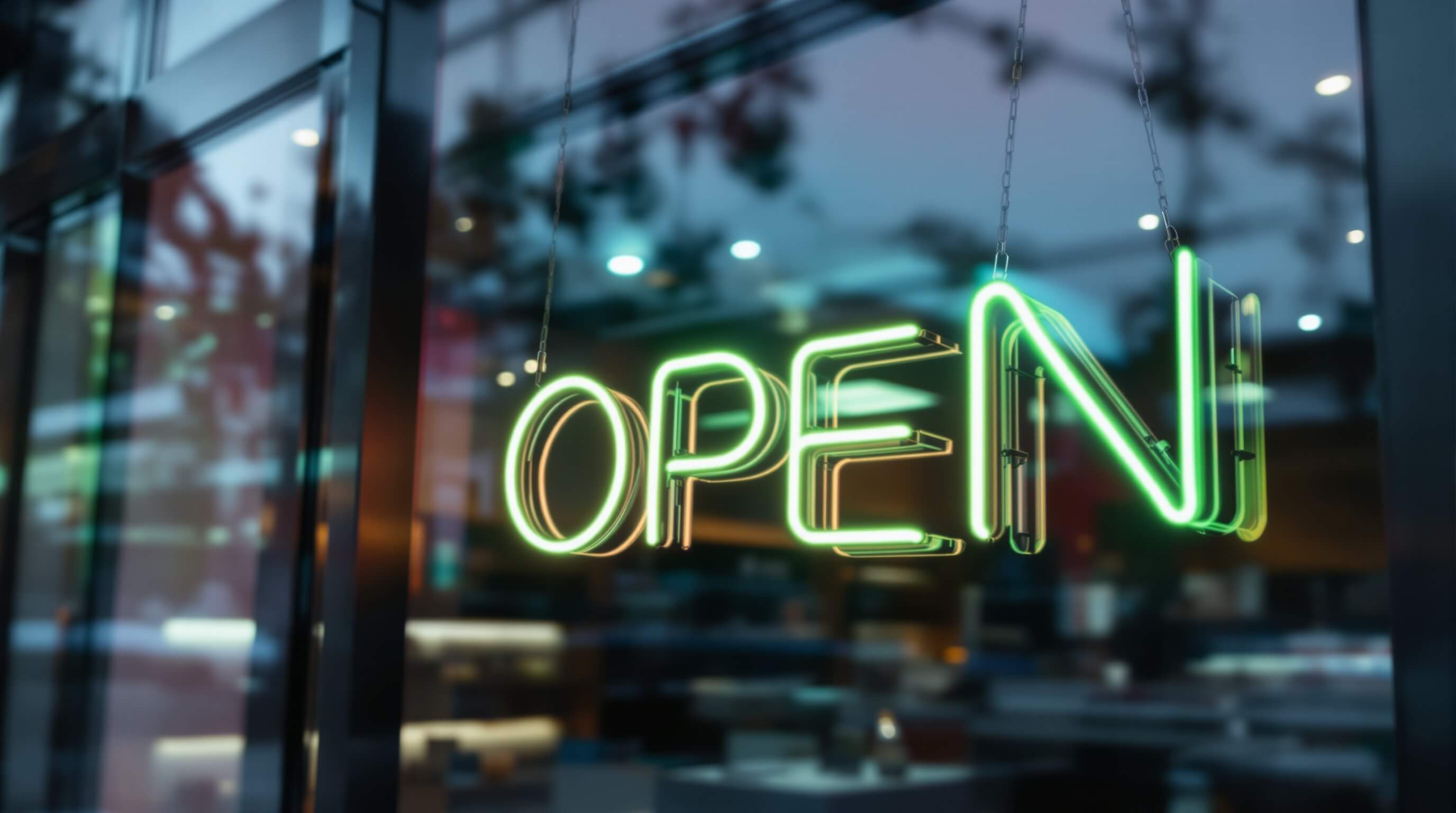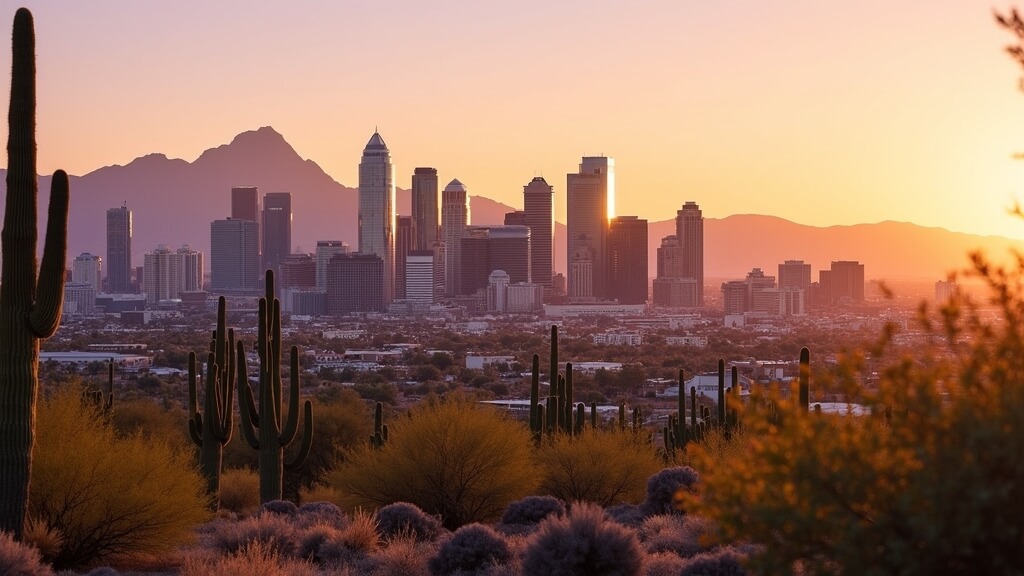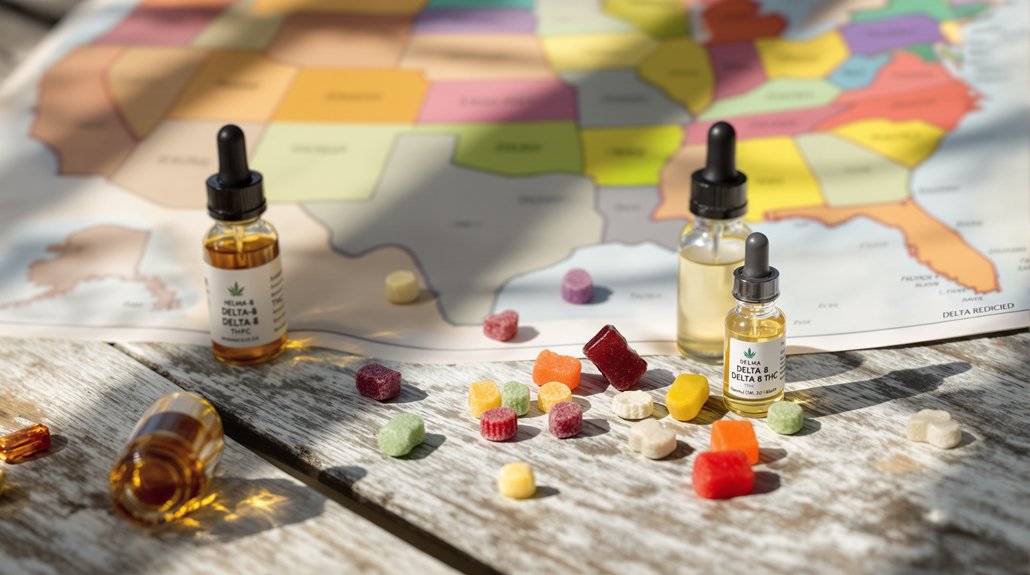When Minnesota became the 23rd state to legalize recreational cannabis on August 1, 2023, it set in motion a carefully structured market that prioritizes social equity while managing supply through strict licensing caps. The state’s regulatory framework, finalized on April 2, 2025, established a tiered system designed to prevent market domination while ensuring opportunities for communities disproportionately affected by cannabis prohibition.
Tribal dispensaries have emerged as the clear early leaders in Minnesota’s adult-use market. Operating on sovereign land, tribal nations from White Earth, Red Lake, Leech Lake Band of Ojibwe, and Prairie Island Indian Community launched dispensaries ahead of state-licensed retailers. These tribal operations face no state-imposed caps or timeline restrictions, allowing them to establish robust infrastructure and capture significant market share during the critical 2024-2025 period.
The state’s licensing structure reveals a deliberate approach to market control and equity. Retailer licenses are capped at 150 statewide, with exactly half reserved for social equity applicants. Similar quotas exist for cultivators (50 total, 25 for social equity), manufacturers (24 total, 12 for social equity), and mezzobusinesses (100 total, 50 for social equity). The regulatory approach mirrors trends in other regions where social equity provisions significantly influence market accessibility and participation.
Minnesota’s cannabis licensing caps ensure market control while guaranteeing half of all major license types go to social equity applicants.
However, microbusiness, wholesaler, transporter, testing, and delivery licenses have no statutory limits, providing additional pathways for entrepreneurs. Applications for retail licenses opened in January 2025, generating over 1,000 social equity applicants in the first cycle alone. The first round of license winners was announced in June 2025, coinciding with the launch of retail sales. The Office of Cannabis Management will also oversee the transition of Minnesota’s Medical Cannabis Program from the Department of Health on March 1, 2025. OCM expects to begin issuing business licenses to qualified applicants following the completion of the regulatory approval process.
Local municipalities can further restrict access, limiting dispensaries to one per 12,500 residents, which could concentrate competition in urban areas. Minnesota’s tax structure imposes a 15% excise tax on adult-use cannabis, plus standard sales taxes, with 80% of revenue flowing to the state’s general fund and 20% supporting local government aid. Medical cannabis remains untaxed, maintaining a separate program alongside the recreational market.
Consumer possession limits allow adults 21 and older to carry up to 2 ounces of flower in public and store 2 pounds at home, along with 8 grams of concentrate and 800 milligrams of edibles. Hemp-derived THC products remain available outside dispensaries, creating parallel markets with different regulatory oversight.
Supply constraints are expected initially due to limited cultivation licenses, potentially benefiting established tribal operations. Additional licensing opportunities for event organizers, hemp edible manufacturers, and lower-potency retailers will open in late 2025, expanding market access.
Whether tribal dispensaries can maintain their early advantage depends largely on how quickly state-licensed competitors can scale operations and overcome initial supply challenges.









